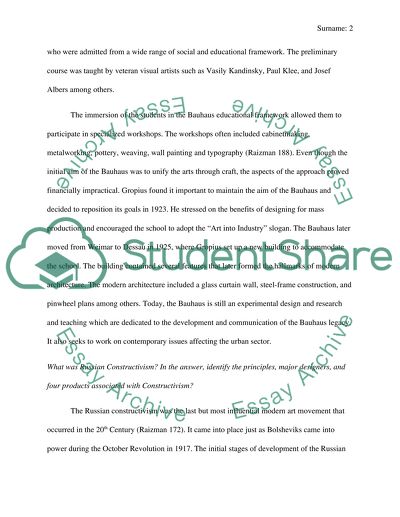Cite this document
(“Modern Design Assignment Example | Topics and Well Written Essays - 1250 words”, n.d.)
Retrieved from https://studentshare.org/visual-arts-film-studies/1684016-modern-design
Retrieved from https://studentshare.org/visual-arts-film-studies/1684016-modern-design
(Modern Design Assignment Example | Topics and Well Written Essays - 1250 Words)
https://studentshare.org/visual-arts-film-studies/1684016-modern-design.
https://studentshare.org/visual-arts-film-studies/1684016-modern-design.
“Modern Design Assignment Example | Topics and Well Written Essays - 1250 Words”, n.d. https://studentshare.org/visual-arts-film-studies/1684016-modern-design.


